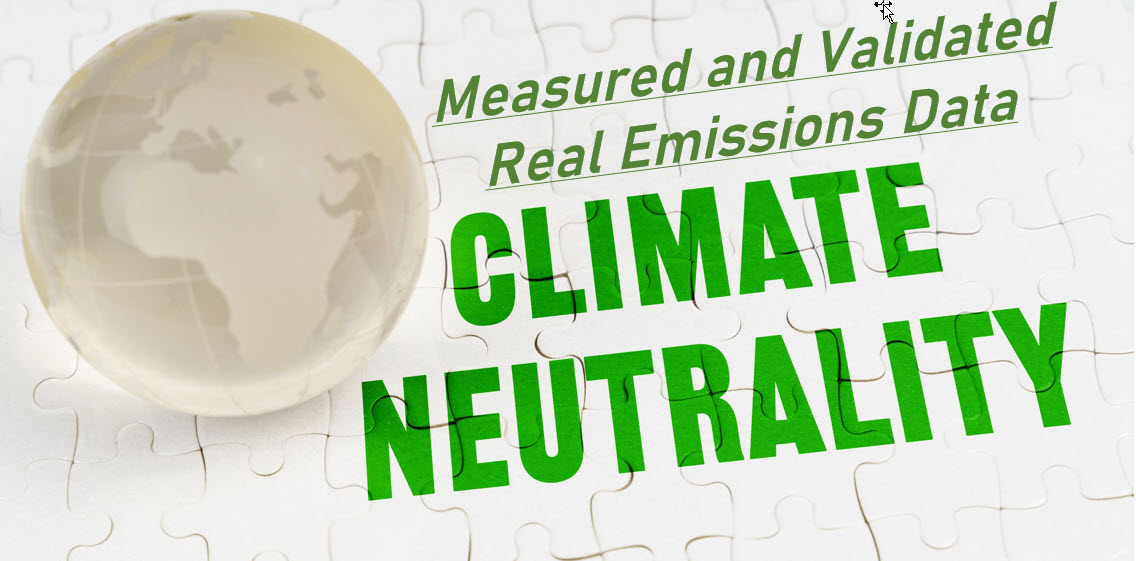Science-based measurement and reporting using big data
Thursday, December 8, 2022, — 11:15 to 12:15 pm EST
 Information on counting, tracking, and verifying greenhouse gas emissions is required for society to meet climate ambitions of keeping ambient temperature rise under 1.5 °C. In the annual COPs, nations are working toward international, national, and subnational regimes for reducing emissions. These efforts have been accompanied by a growing number of corporate targets to reduce greenhouse gas emissions, as well as the emergence of regulatory disclosure requirements and a greenhouse gas trading market. Greenhouse gas emissions verification is critical to ensure that the numbers determining compliance, on which companies stake their finances and regulations, are accurate. The elephant in the carbon accounting room has been the lack of direct proof in verifying emissions. Verification has been done indirectly by tracking business operations, reading electricity meters, surveying changes in tree cover, etc., but not on direct measurements. However, firms like Floodlight use global remote sensing data to scientifically determine near real-time GHG concentrations at the asset and area-wide levels. |
 Join SSF, Floodlight, and Smart Contract to learn how to use a combination of sensors, Internet of Things (IoT) devices, aerial assessments, and satellite-based assessments to measure and validate real data. This science-based approach can inform targeted compliance strategies for each asset and pinpoints problem areas, such as fugitive emissions or assets in high-risk storm zones. Meet the Panel  Nate Wyne Floodlight Chief Executive Officer & Co-Founder  Suchi Gopal Floodlight Chief Science Officer & Co-Founder  Charlie Moore Chainlink Labs Head of Carbon & Sustainability Solutions  Josh Pitts Floodlight Chief Technology Officer & Co-Founder |
Posted in Science-Based Decisions & Education
